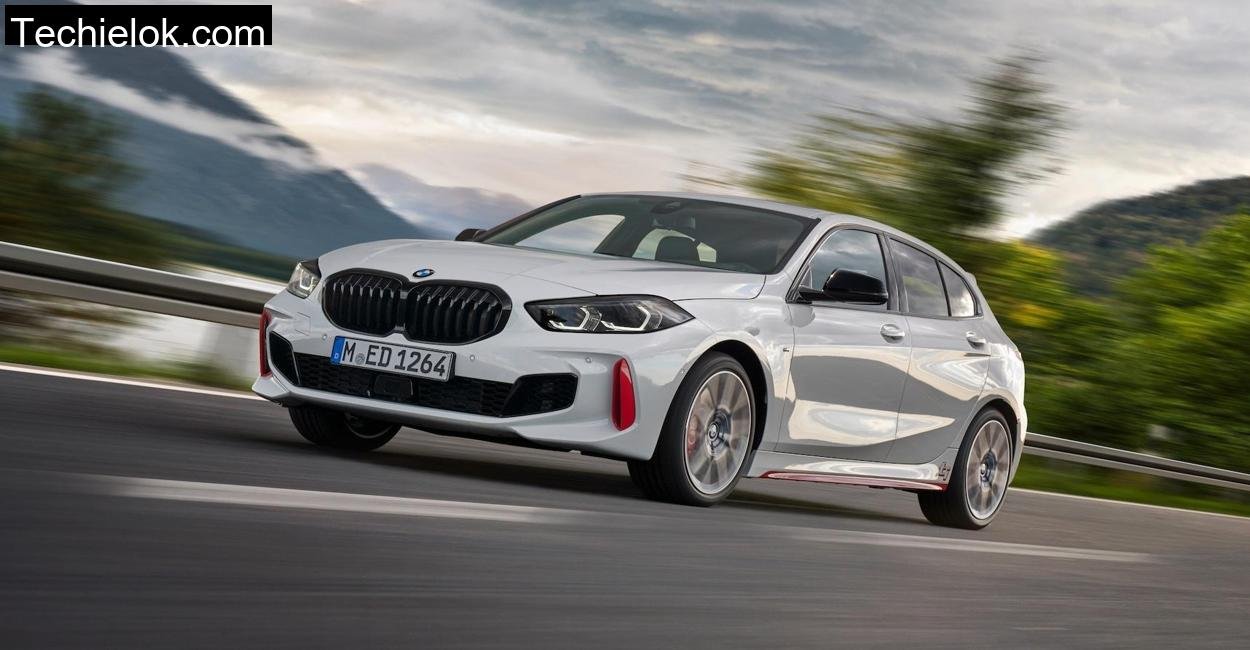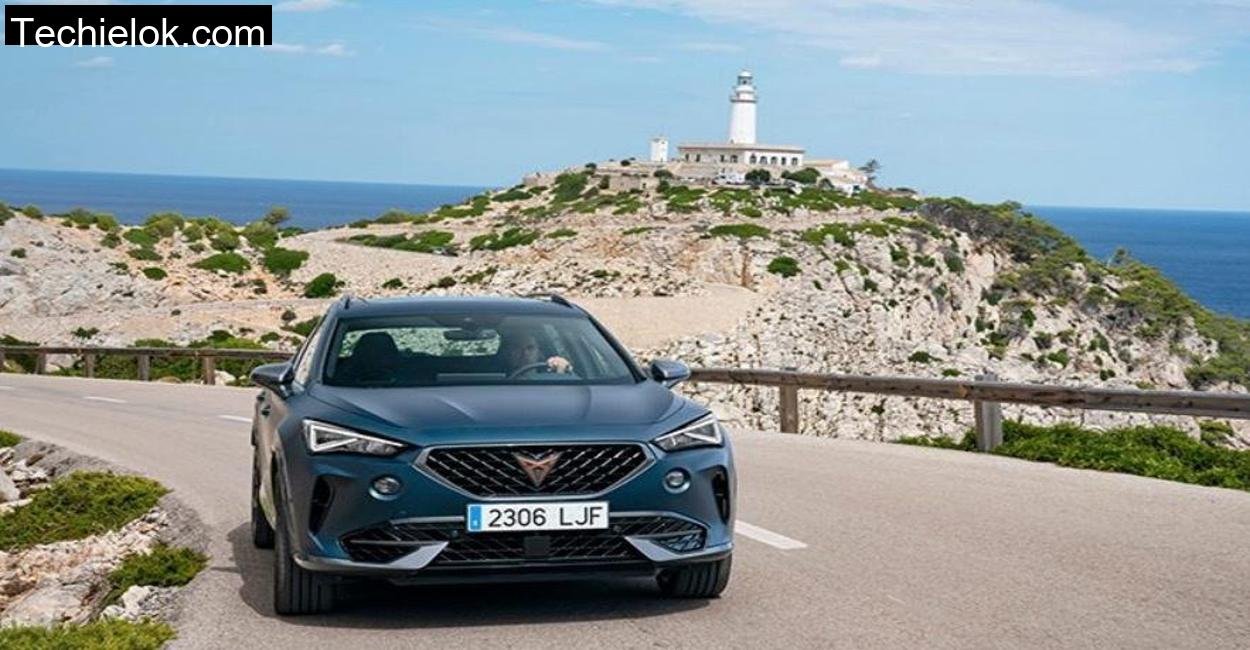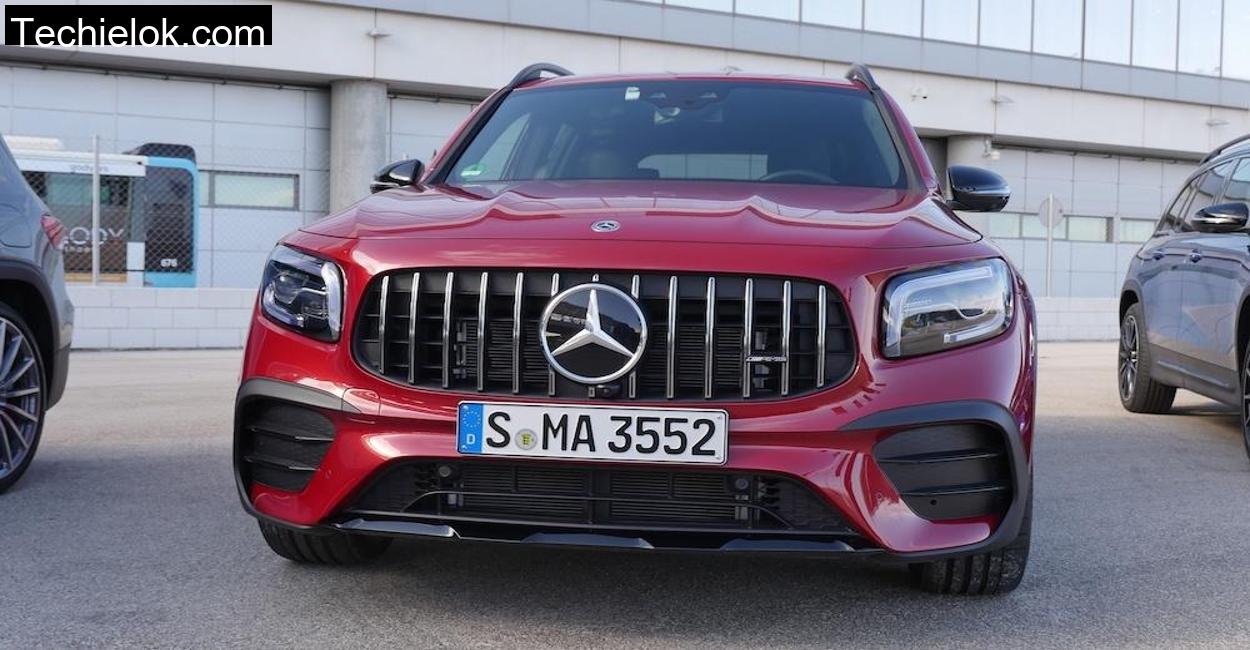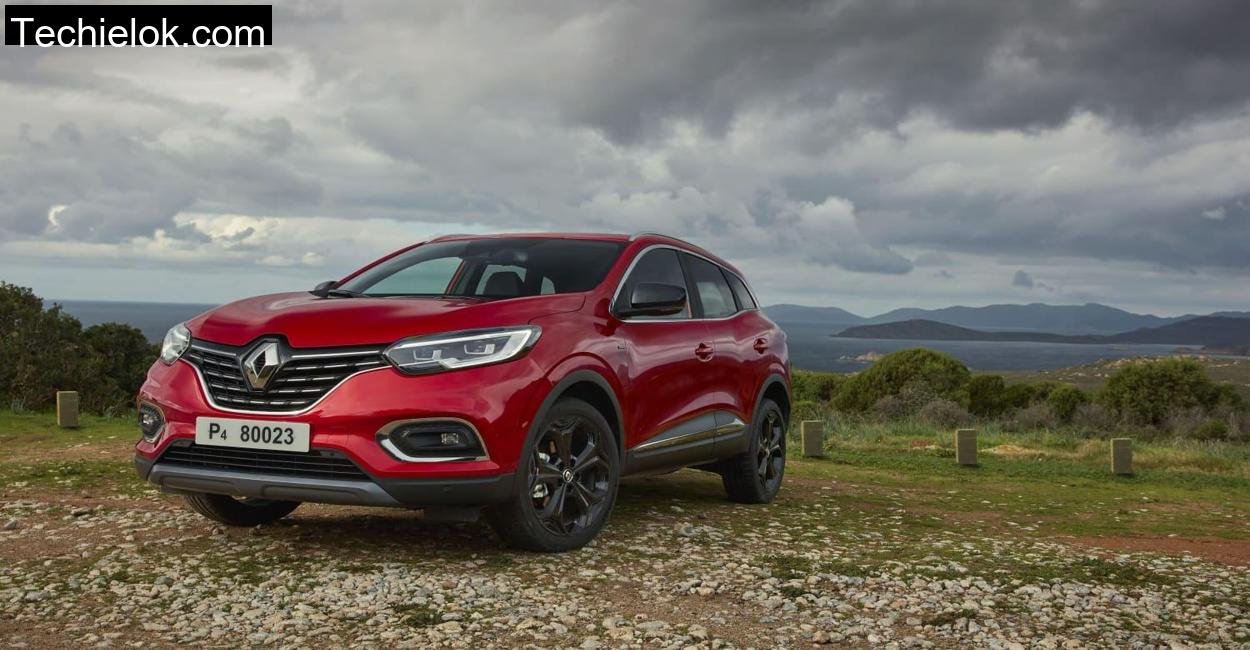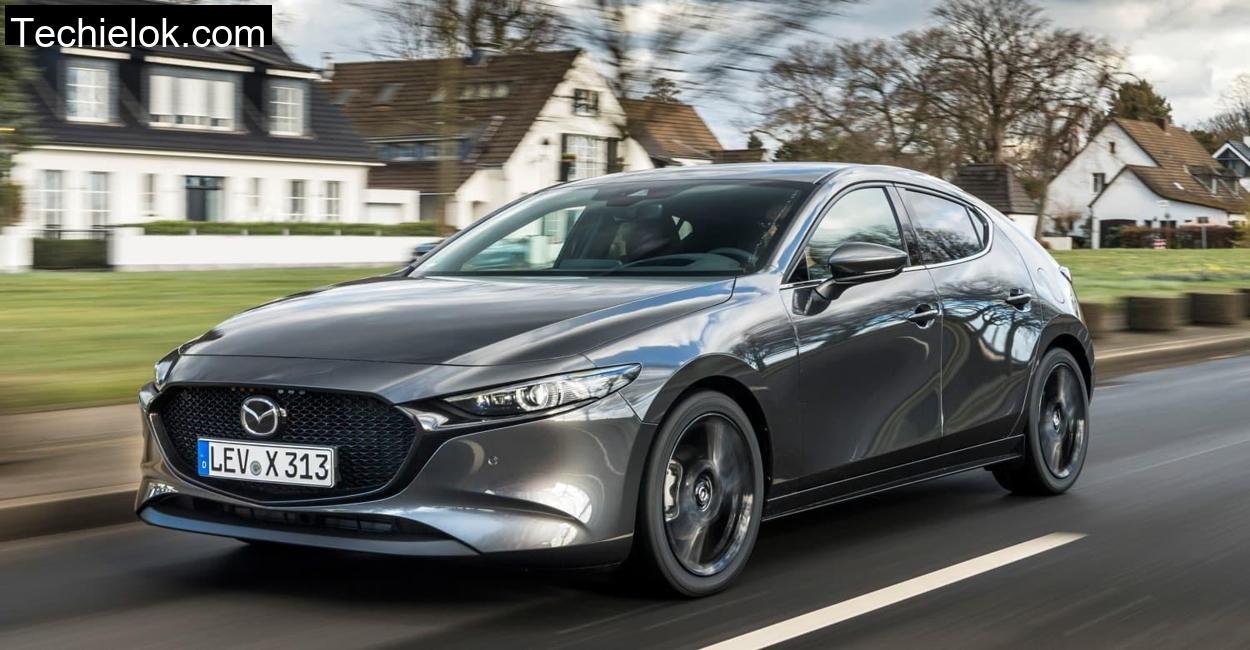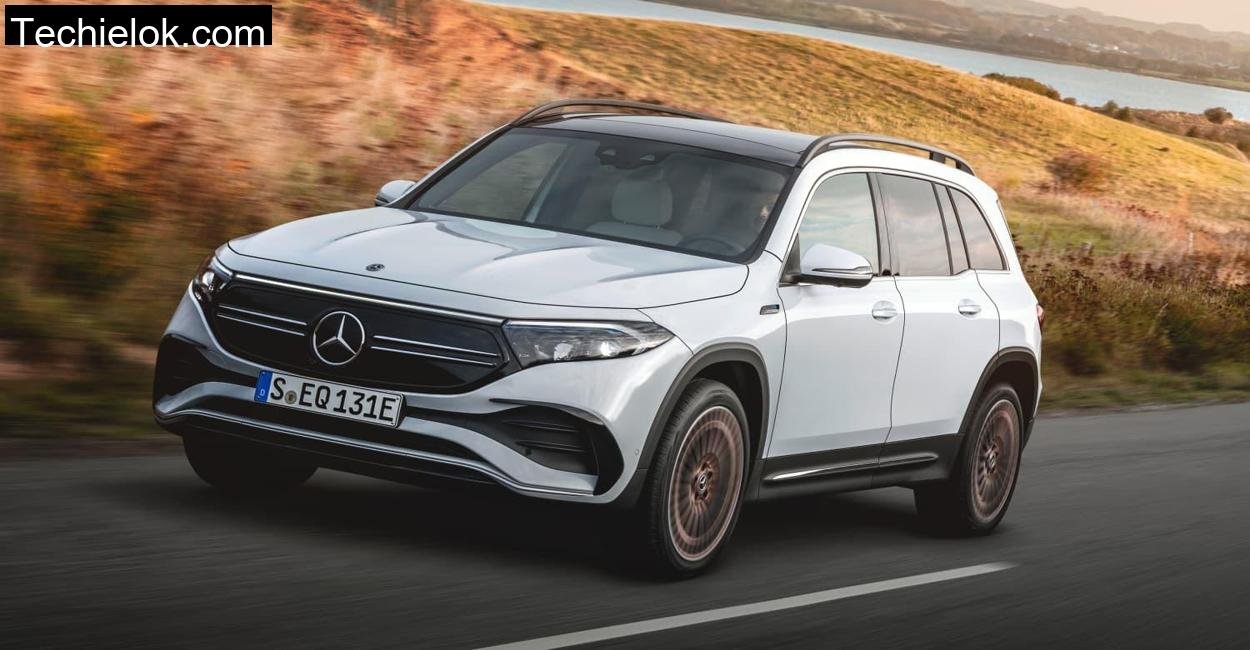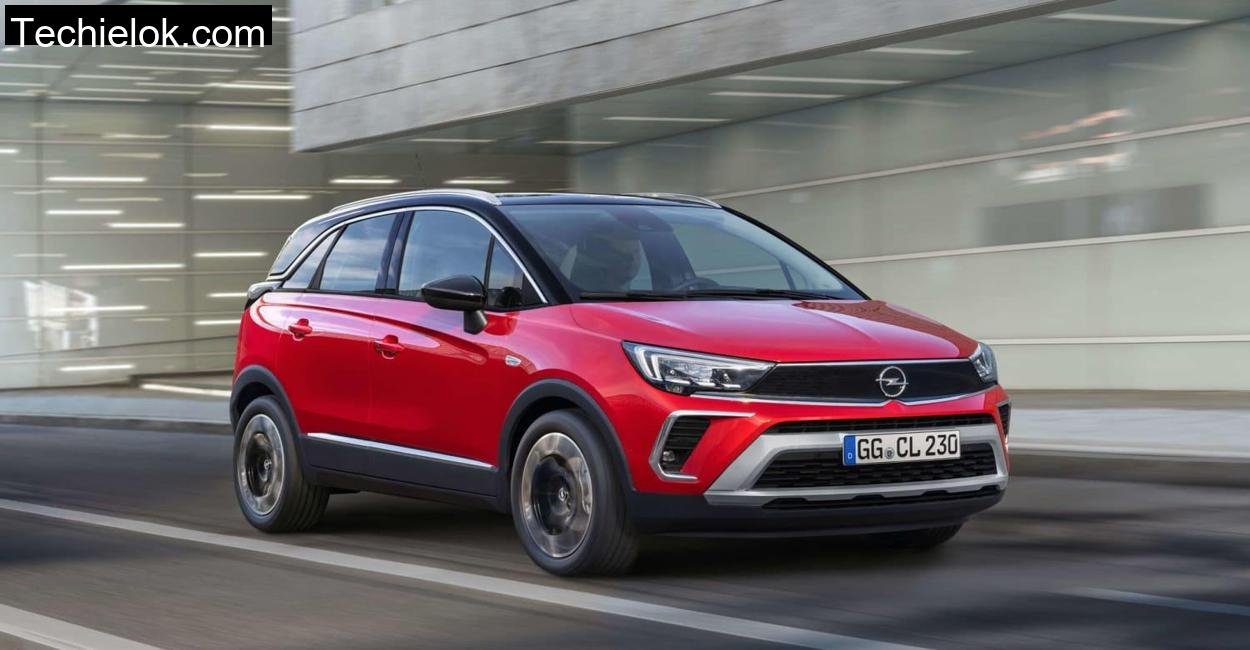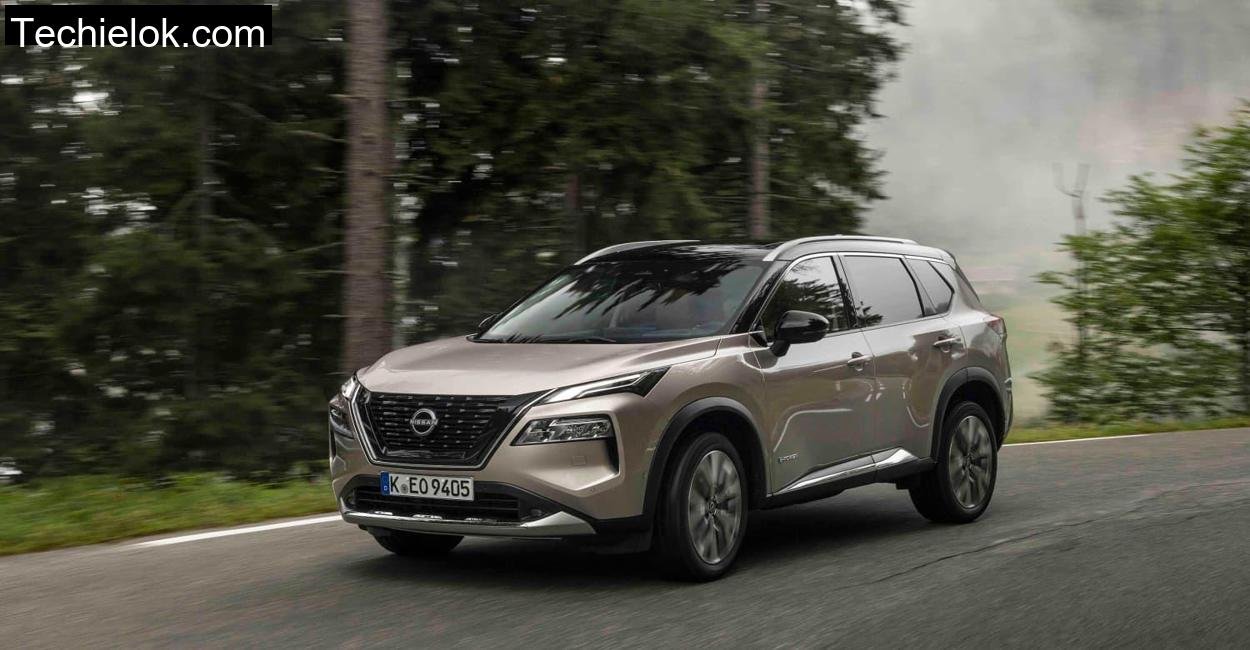There are places in Germany that seem tailor-made to test a car that whispers through the landscape rather than roars. The Bergisches Land, with its lush rolling hills, cobbled village roads, and sweeping curves that fade into dense forests, was the setting for my real-world exploration of the Toyota Mirai. This wasn’t just another day at the wheel. It was a journey into the future, one powered not by gasoline or electrons, but by hydrogen.
From the moment I approached the Toyota Mirai in the driveway of a timber-framed inn in Wermelskirchen, I knew this wasn’t your average eco-sedan. Its fluid design, nearly five meters long and stretched like a Lexus limousine, reflected the overcast sky above the forest canopy. It looked elegant and understated. But it wasn’t the design that fascinated me most. It was the gurgle and hiss of the fuel cell whispering beneath the surface, promising a drive unlike any other.

Hydrogen in Motion: The Driving Experience
Turning the key (or, rather, pressing the button) released only a mild electronic chime. The Mirai came to life with a hiss from deep beneath the hood, where the fuel cell began transforming compressed hydrogen into clean electricity. The ADAC test results were still fresh in my mind, but nothing replaces the feeling of actually cruising through the undulating roads of the Bergisches Land.
The Mirai moves like silk draped across a polished table. On Eco mode, which I used for most of the drive through the village roads and hill passes, acceleration is measured, calming, almost therapeutic. As I passed through the narrow alleys of Burscheid and climbed toward the heights near Hückelhovener Wald, I switched into Normal and then Sport mode. That change sharpens the throttle response and slightly firms up the steering, but let’s be clear: the Mirai is no sports car. Its 182 horsepower electric motor and 300 Nm of torque feel powerful enough, especially for overtaking on Bundesstraße 51, but it’s the smoothness that leaves a mark.
The ride is nothing short of serene. At highway speeds, wind and road noise are nearly imperceptible. The only thing you hear is the occasional gurgle and hiss from the fuel cell stack, a futuristic soundtrack to a very composed journey. Even in tight village corners, the Mirai’s rear-wheel drive architecture provides a composed, balanced feeling. It’s heavy at over 1900 kilograms, but never sluggish.
Cockpit and Cabin: Quiet, Plush, and Digital
Inside, the Mirai feels like a bridge between Lexus luxury and Toyota practicality. My test car came with light cream leather upholstery, paired with piano black trims that glinted in the rare shafts of sunlight. The seating position is low but supportive, and the seats feel more like lounge chairs than bolsters.
I particularly liked the 12.3-inch central infotainment display, though it took me a while to learn its layout. Some functions are nested deep within menus, including climate settings, which could have benefited from dedicated physical controls. That said, the graphic representation of hydrogen flow, buffer battery usage, and fuel cell performance is fascinating, especially for a tech enthusiast like me. I caught myself staring at it during red lights, watching electrons dance across the virtual interface.
The digital instrument cluster shows everything from navigation to regenerative braking intensity. It’s all very comprehensive, but newcomers may need a moment (or ten) to familiarize themselves. Still, the tech is all part of the charm. The Mirai doesn’t try to be minimalistic. It wants to inform you, educate you, and ultimately impress you.

Technical Specification: Toyota Mirai Executive
To keep things accurate, we use only the official Toyota’s website for technical details.
| Specification | Value |
| Engine Type | Hydrogen Fuel Cell (Electric) |
| Maximum Power | 134 kW / 182 hp |
| Torque | 300 Nm |
| Drive Type | Rear-Wheel Drive |
| Acceleration 0-100 km/h | 9.2 seconds |
| Top Speed | 175 km/h |
| Hydrogen Consumption (WLTP) | 0.8 kg/100 km |
| ADAC Measured Consumption | 1.0 kg/100 km |
| CO2 Emissions (Well-to-Wheel) | 120 g/km |
| WLTP Range | 650 km |
| ADAC Real-World Range | 555 km |
| Trunk Volume | 350 liters |
| Empty Weight | 1,940 kg |
| Payload | 475 kg |
| Vehicle Dimensions (L x W x H) | 4,975 x 1,885 x 1,470 mm |
| Turning Circle | 12.7 meters |
| Braking Distance from 100 km/h | 37.1 meters |
| Warranty | 3 years / 100,000 km |
Efficiency and Range: Better Than Battery?
Over the span of a full day, I covered 230 kilometers across various routes, open highways, dense forests, and rural lanes. I started the day with the tanks filled to the brim at a rare but thankfully working hydrogen station near Leverkusen. By the time I rolled back into Wermelskirchen, the range meter still displayed over 300 kilometers left.
This aligns beautifully with ADAC’s test figure of 555 kilometers in real conditions. The instant refueling option (when infrastructure cooperates) remains a huge benefit over BEVs. I spent only 5 minutes refueling that morning, compared to the 30-45 minutes I’d spend fast-charging an EV.
However, it’s not all perfect. The number of functioning hydrogen filling stations is still abysmally low. One of the two I had mapped was out of order, and I can’t overstate how much range anxiety that triggered. Not because of the Mirai itself, but because of the infant hydrogen infrastructure.
Rear Seats and Trunk: Room for Compromise
Though the Mirai’s exterior looks limo-like, the interior packaging is compromised by the hydrogen system. The high central tunnel eats into rear passenger legroom, and the sloping roofline makes it feel cramped for anyone over 1.80 meters tall. It’s technically a five-seater now, but three adults in the back will quickly find it too cozy.
The trunk offers 350 liters, which is modest for a sedan of this size. You also lose flexibility because the rear seats don’t fold down. That means longer items or multiple suitcases might be a squeeze.
Test Verdict: Almost a Five-Star Future
Mirai is a full five stars in their Ecotest, primarily because of its local zero emissions and impressive real-world efficiency. The drive system received a 1.2 rating, and environmental performance came in at 1.4. As someone who just spent a full day with this machine, I can understand why. It’s not just a test lab darling; it’s a truly livable, driveable vision of what hydrogen mobility can be.
Conclusion: More Than a Science Project
Driving the Toyota Mirai in the Bergisches Land wasn’t just a test; it was a glimpse into what personal transport might look like in the next decade. This car is more than an engineering marvel. It’s a comfortable, elegant, quiet cruiser that just happens to run on hydrogen.
It still suffers from infrastructure and packaging limitations, but it proves one vital point: hydrogen is ready. Now the question is, are we?
The Toyota Mirai might not yet be for everyone, but for those willing to embrace something truly different, something cleaner, quieter, and deeply futuristic, this sedan offers a ride that stays with you long after the hiss of hydrogen fades.
How long does refueling the Toyota Mirai take?
About 5 minutes, similar to a gasoline vehicle.
Is Toyota Mirai quieter than a BEV?
Almost. Apart from a soft gurgle or compressor hiss, it’s extremely quiet.


